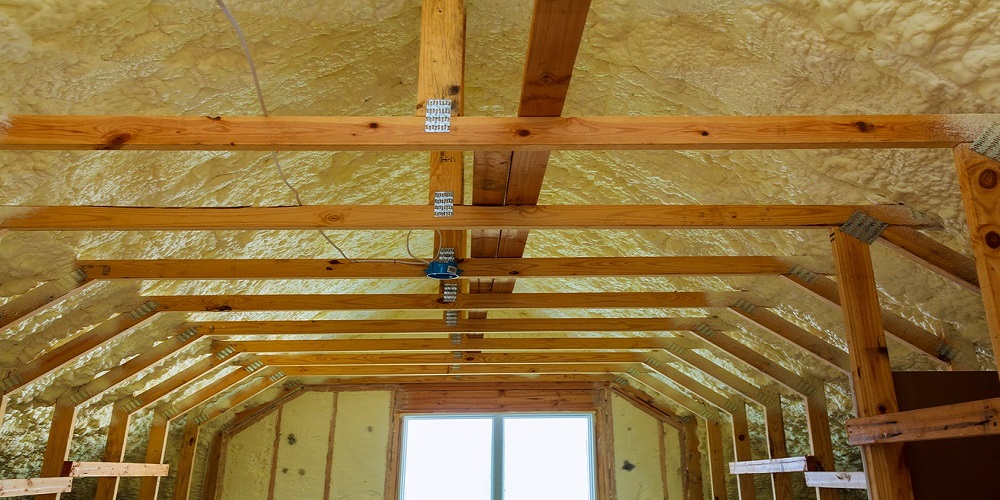When looking for quality insulation material, spray foam and Cellulose are the first options many consider. Here is a close comparison of spray foams vs. cellulose insulation properties. This comparison can help you choose which one is the best.

- Materials
Spray foam insulation is made from isocyanate and polyol resin. The two form a solution that expands three times its size when sprayed into space.
Cellulose is made from recycled paper that is reduced into smaller particles and treated with boric acid. The material is blown to the space in thick layers to ensure effective insulation.
- R-value
It is the value used to rate the effectiveness of insulation material in preventing heat flow through radiation, conduction, and convection. Spray foam comes in two forms the open cell, which has an R-value of 3.2 an inch.
While the closed cell offers 6 per inch, and Cellulose comes in close with an R-value of 3.5 per inch sprayed.
- Water resistance
Both types of spray foam open and closed cell are water resistant. Closed cell offers more resistance compared to open cell because it is denser. The air pockets on closed cell spray forms are closed, and it does not allow water absorption.
Cellulose, like paper, can absorb water depending on the amount seeping through. Little droplets can spread through it until it evaporates. Large amounts soak the material and can cause it to sag and compress, leaving spaces for heat loss.
- Fireproof
Most insulation materials are susceptible to fire, including cellulose and spray foam. Installation of spray foam includes incorporating a coating of non-flammable materials. It is also treated with solutions that reduce its ability to catch fire.
On the other hand, Cellulose is also treated with borate, which slows down the rate it catches fire. It is dense when installed, which cuts the oxygen supply and the burning rate.
- Safety
The chemicals used to make spray foam are non-toxic to the house’s occupants. The chemicals used have been studied to ensure it is safe for people when dry.
Cellulose is mostly made from paper and treated with boric acid. These substances are non-toxic to people, but it is safer to test them before installation.
- Soundproof
Depending on the type of spray foam, closed-cell spray foam is dense compared to open-cell. It means that it offers insulation and is soundproof. Open cell is not as dense, and sound can pass through them.
Cellulose has soundproof properties when installed properly. It also has air pockets and covers even the hidden corners, making it an insulator and soundproof material.
- Cost
Spray form has a higher R-value and is expensive compared to Cellulose. Cellulose is made from recycled materials, which is a cheaper alternative. Spray foam is estimated to cost up to three times the cost of Cellulose. The exact charges vary with the installation companies.
Conclusion
Both cellulose and spray foam have a similar lifespan. If you are torn between cellulose and spray form, this article can help you compare. Select one that works with the insulation properties you are looking for.
